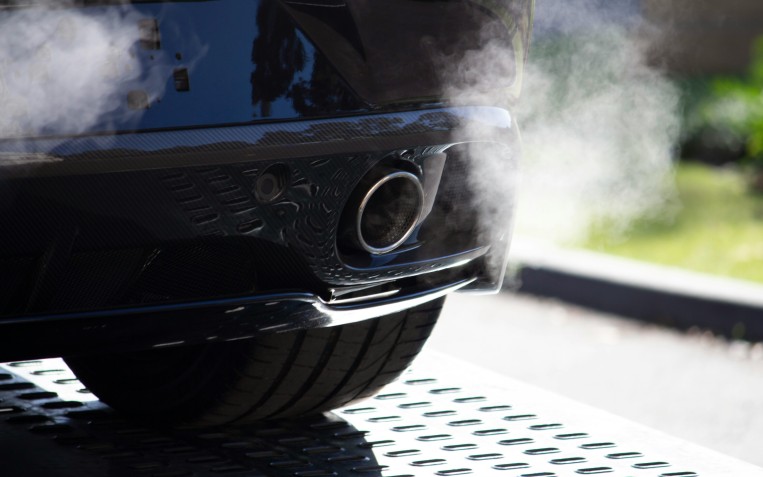What is the difference between Class 4 and Class 7 MOTs?

A Class 4 MOT test is required for passenger vehicles that weigh less than 3,000 kilograms. Class 4 MOT tests, cover a wide range of vehicles, including:
- Cars (with up to eight passenger seats)
- Ambulances
- Taxis
- Motor caravans (i.e. camper vans or motorhomes)
- Private passenger vehicles that have up to 12 seats
What is a Class 7 MOT test?
A Class 7 MOT test is for large commercial vehicles weighing between 3,000 and 3,500 kilograms. These vehicles have the capacity for storing goods, as well as having additional seating. Some of the most common commercial vehicles that fall under this MOT class include:
- Large goods vehicles, such as lorries and trucks.
- Ford Transit
- Volkswagen Crafter
- Citroën Relay
The differences between Class 4 and Class 7 MOT tests
At first glance, you might be unaware of the differences between Class 4 and Class 7 MOT tests. Here, we explore the differences between these MOT classes.
Class 4 MOTs need to be taken once every 12 months
Vehicles classified under the Class 4 MOT category will require an MOT test once every year. Typically, a Class 4 MOT takes approximately an hour to complete and covers the following areas:
- Brakes
- Mirrors
- Suspension
- Tyres
- Lights
- Seats
- Exhaust system
Class 7 MOTs must be done every six months
Compared to Class 4 MOTs, Class 7 vehicles require a different MOT test, which is taken every six months. As large vans and trucks are frequently used, your van may succumb to wear and tear over time. A Class 7 MOT test will cover:
- The vehicle's bodywork
- Registration plate
- Windscreen, wipers, and washers
- Vehicle identification number
- Car Interior
Why book a service and MOT together?
There are plenty of reasons why you should book a service and MOT together, which includes:
- Saving you time and money.
- Any potential issues can be rectified quickly, which could lead to your vehicle breaking down.
- Highlight common MOT failures (i.e. replacing your brake pads or bald tyres)
We offer both interim and full service options at our garages. An interim service is recommended every six months or every 6,000 miles. While a full service should be booked once a year or every 12,000 miles. Schedule your next service and MOT appointment by booking it at one of our garages today.
Is your vehicle due for its MOT? You can enter your vehicle’s registration plate on our site, which tells you which MOT test to take for your car or van. Make sure you are well-prepared for your upcoming MOT by reading our checklist. Book your vehicle for a Class 4 or Class 7 MOT by visiting your local PTA branch.
Related Content

Why do MOT tests include an exhaust emissions test
In 2023, 3.2% of all MOTs failed due to noise, emissions and leaks according to data from the DVLA. MOT tests include emissions tests to prevent a high level of pollutants from entering the atmosphere from your exhaust. So, what can you do if you fai...

Do EVs need an MOT?
One of the benefits of making the switch to an electric vehicle is the many money saving incentives like not having to pay road tax, or for your car t...

MOTs for Classic cars: What you need to know
If you own a classic car, you could be exempt from having it MOT tested. However, the rules are more complex than they are for modern vehicles, and so...

